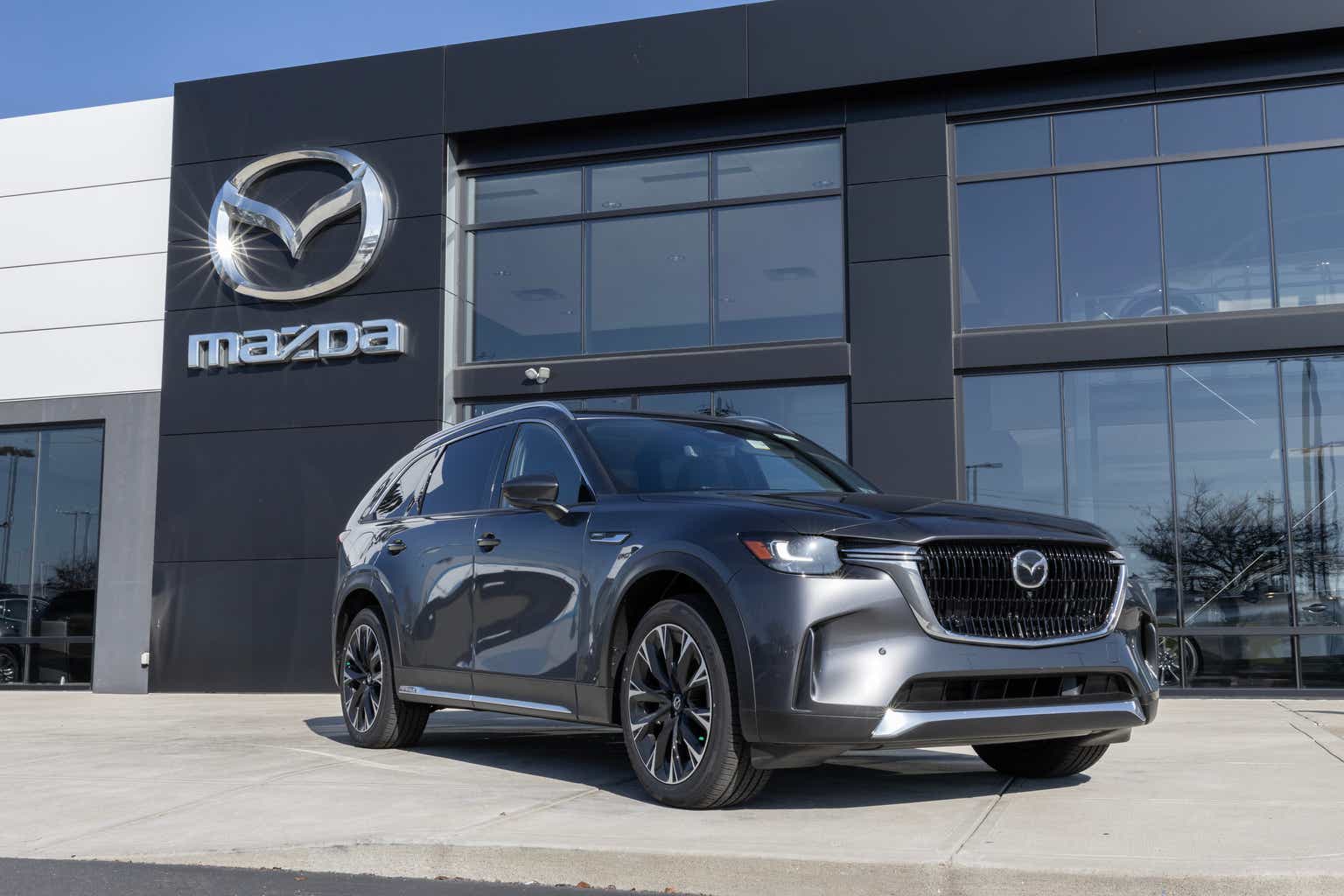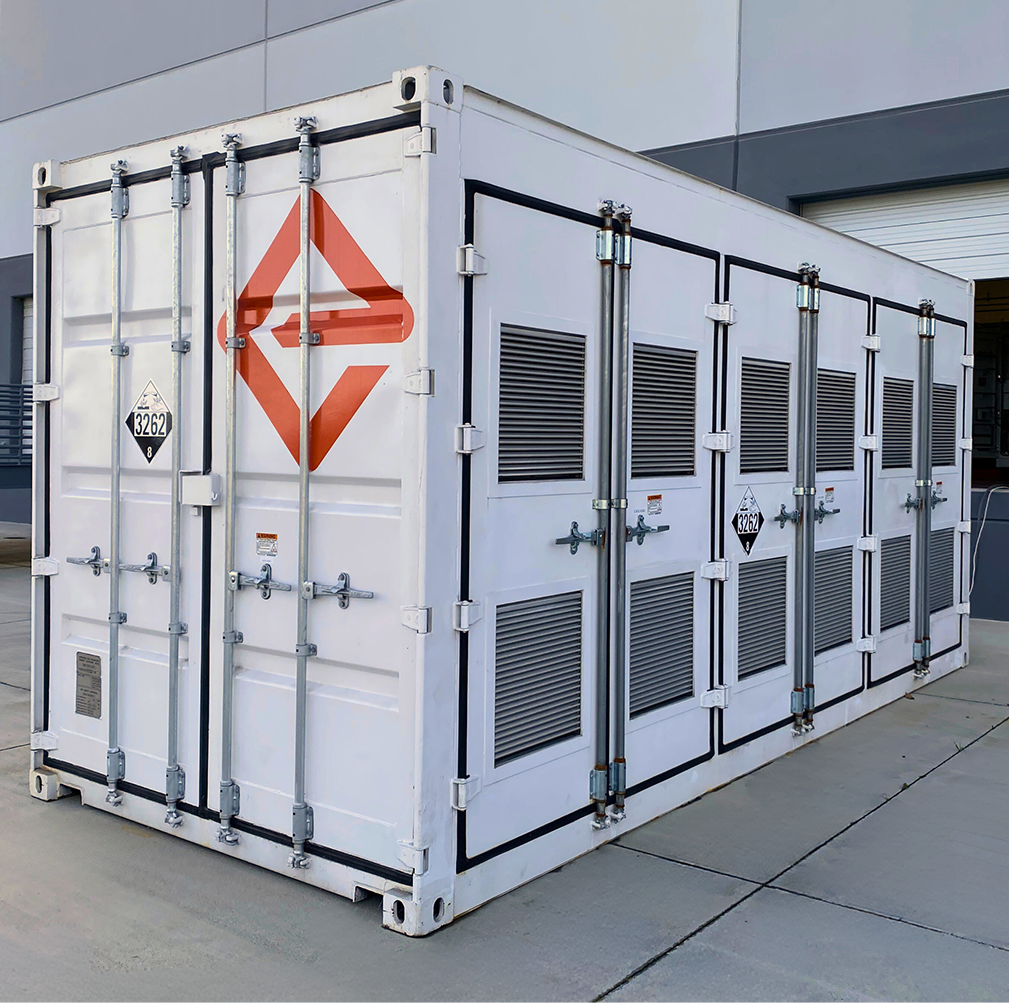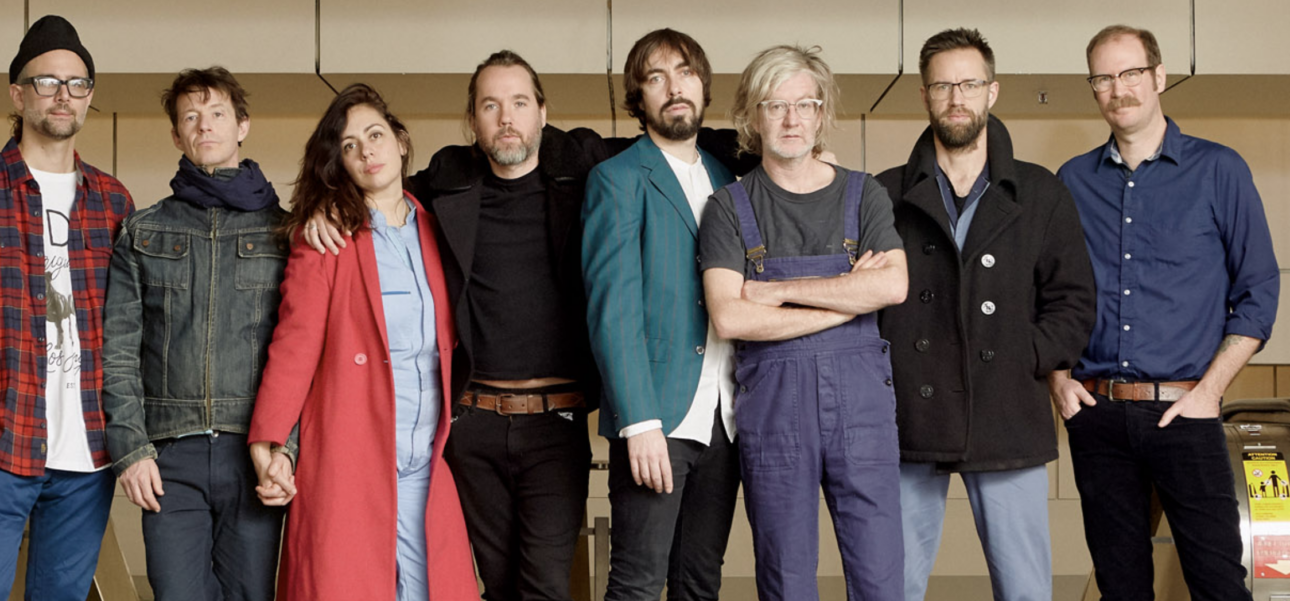10 Best Automotive Designs Of March 2025
10 Best Automotive Designs Of March 2025In March, we witnessed a showcase of creativity and technical prowess in the automotive world. Designers and engineers have pushed the boundaries of aesthetics and...


In March, we witnessed a showcase of creativity and technical prowess in the automotive world. Designers and engineers have pushed the boundaries of aesthetics and function, resulting in vehicles that look amazing and also introduce real innovation. From electrified lounges to off-road warriors, timeless luxury to futuristic eVTOL prototypes, this month’s releases offer a glimpse into the future of mobility. We have curated a collection of the ten best automotive designs that truly stood out in March 2025.
March 2025 has demonstrated that automotive design is as much about innovation and storytelling as it is about transportation. These ten vehicles—spanning electric luxury, rugged off-roaders, airborne prototypes, and artistic bespoke commissions—each bring something unique to the table. There is a design here to spark your imagination and redefine your expectations for the future of mobility.
1. Fordzilla Hypervan
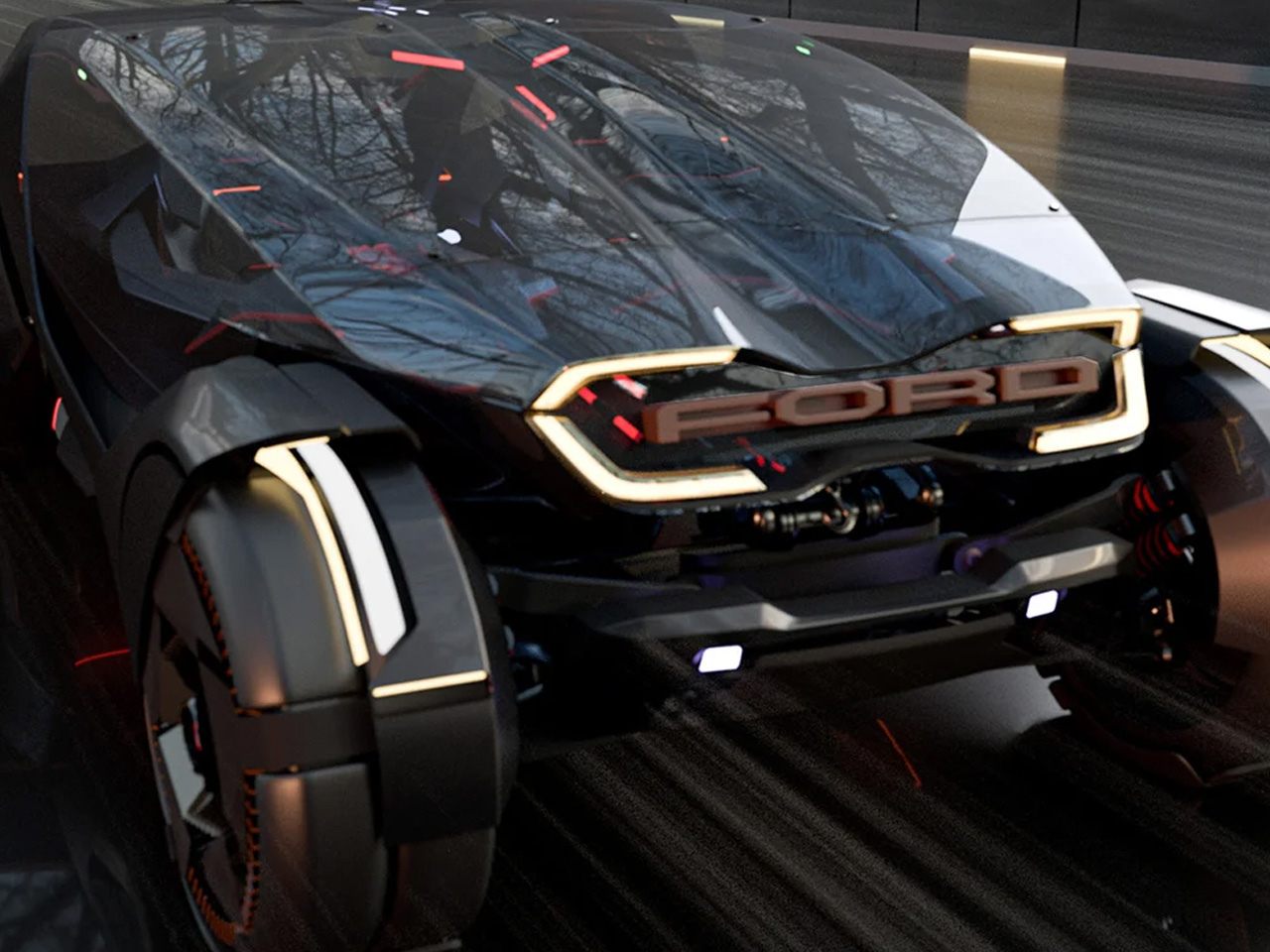
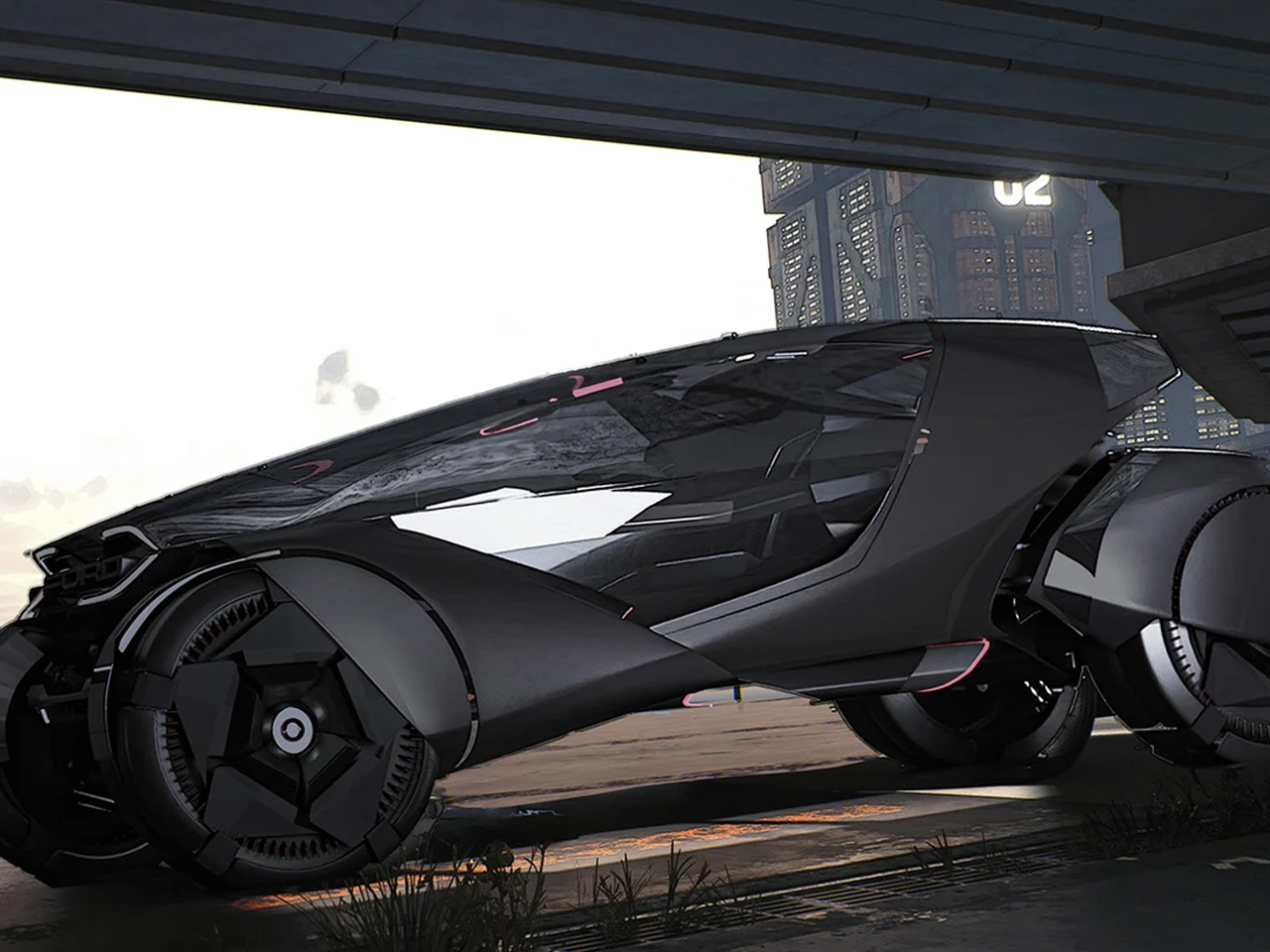
The Fordzilla Hypervan is an electrified dune buggy that looks like it’s been plucked straight from a sci-fi blockbuster. Drawing inspiration from reptilian creatures and finished in menacing matte black highlighted by vivid orange accents, the Hypervan is as bold as it is functional. Its design is unmistakable, with gull-wing glass doors that fuse with the panoramic windshield and roof, giving the interior a sense of openness and drama.
Under the skin, the rear-mounted battery hints at its rear-wheel-drive roots, promising engaging handling both on and off the pavement. The elevated rear end provides extra downforce, keeping the Hypervan stable at high speeds while maintaining agility on sandy or urban terrain. Every detail—from the aggressive stance to the innovative use of glass—emphasizes performance and personality.
What we like
- The Hypervan’s aggressive, futuristic styling ensures it stands out wherever it goes.
- Built for both urban and off-road environments, it offers a unique blend of fun and functionality.
What we dislike
- Its outlandish design may not suit everyone, limiting its mainstream marketability.
- The extensive use of glass, while stylish, could lead to challenges with glare or privacy.
2. Mercedes-Benz Vision V Concept
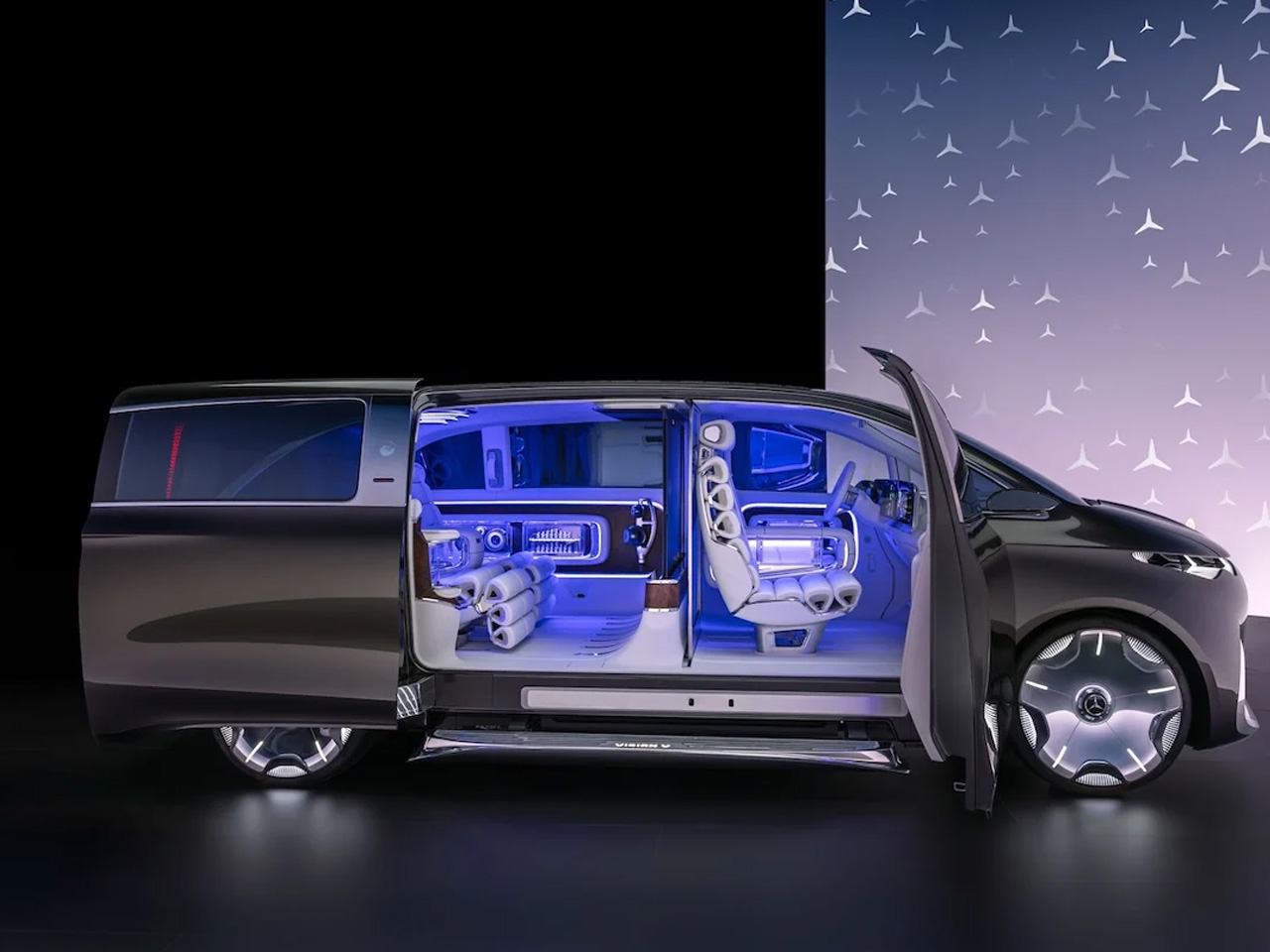
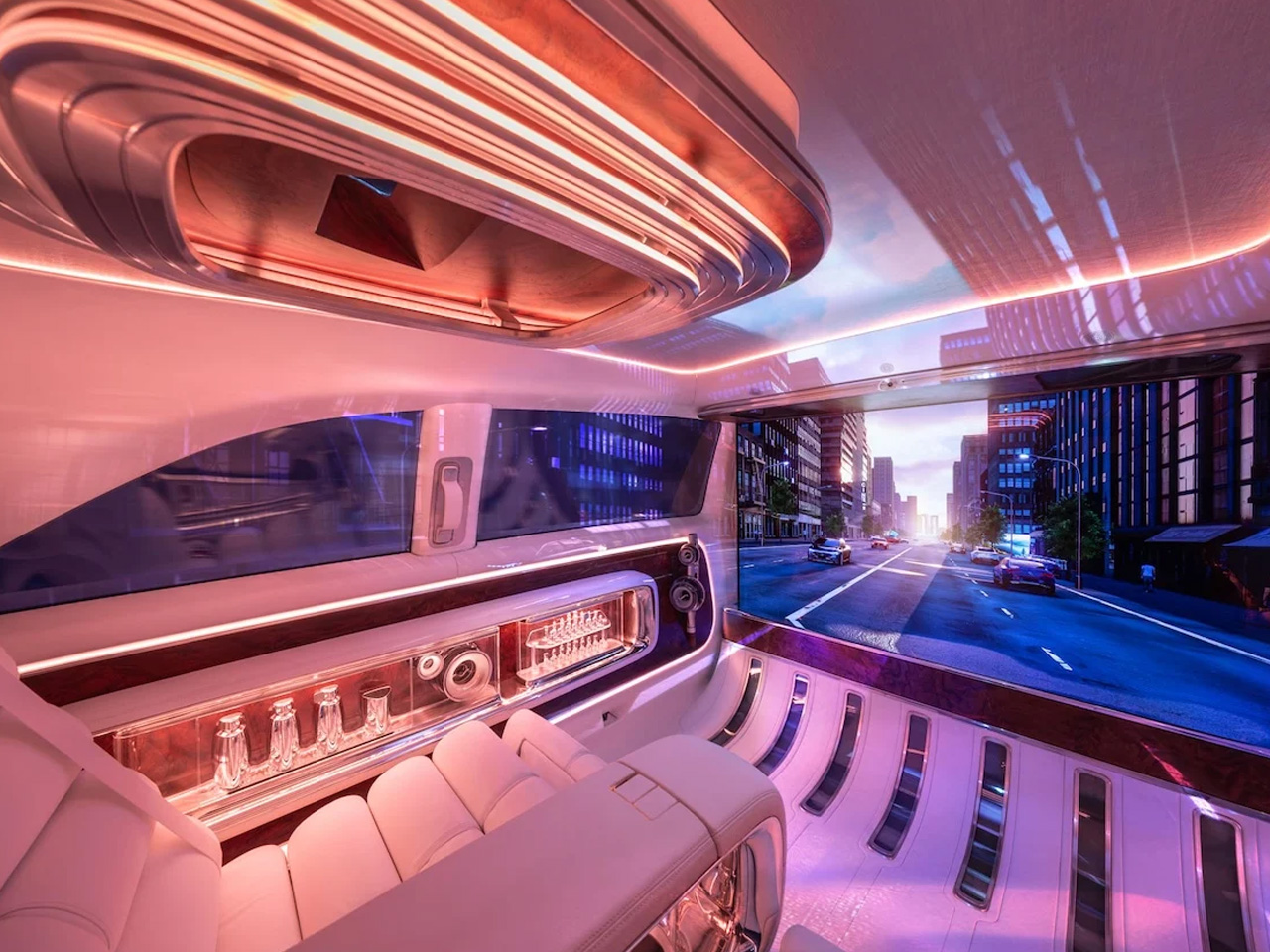
Mercedes-Benz has reimagined what it means to travel in luxury with the Vision V, a concept that transforms the traditional boundaries of both limousines and multipurpose vehicles. The Vision V represents a bold step into uncharted territory, delivering a vehicle that merges the comfort and indulgence of a lounge with the practicality of a family van.
The exterior is a study in sculptural elegance, with flowing contours and dynamic lighting signatures that signal refinement from a distance. Step inside, and you’re greeted with a marvel of interior architecture. The cabin is designed as an open, seamless space, featuring plush seating, exquisite wood and metalwork, and a retractable cinema screen paired with an immersive Dolby Atmos audio system. It is created for a diverse audience, from business professionals looking for a mobile workspace to families seeking a serene road trip experience, and even gamers desiring a rolling entertainment hub.
What we like
- The Vision V’s interior is a masterclass in comfort and craftsmanship, boasting high-end materials, a cinema-quality entertainment system, and thoughtful touches throughout.
- This concept appeals to a broad spectrum of users, seamlessly shifting between executive transport, family trips, and recreational activities.
What we dislike
- With its level of sophistication and luxury, the Vision V will likely command a premium price, putting it out of reach for many.
- Its size and lavish features may make it less suited for tight urban environments or those seeking a more utilitarian vehicle.
3. Project Safari
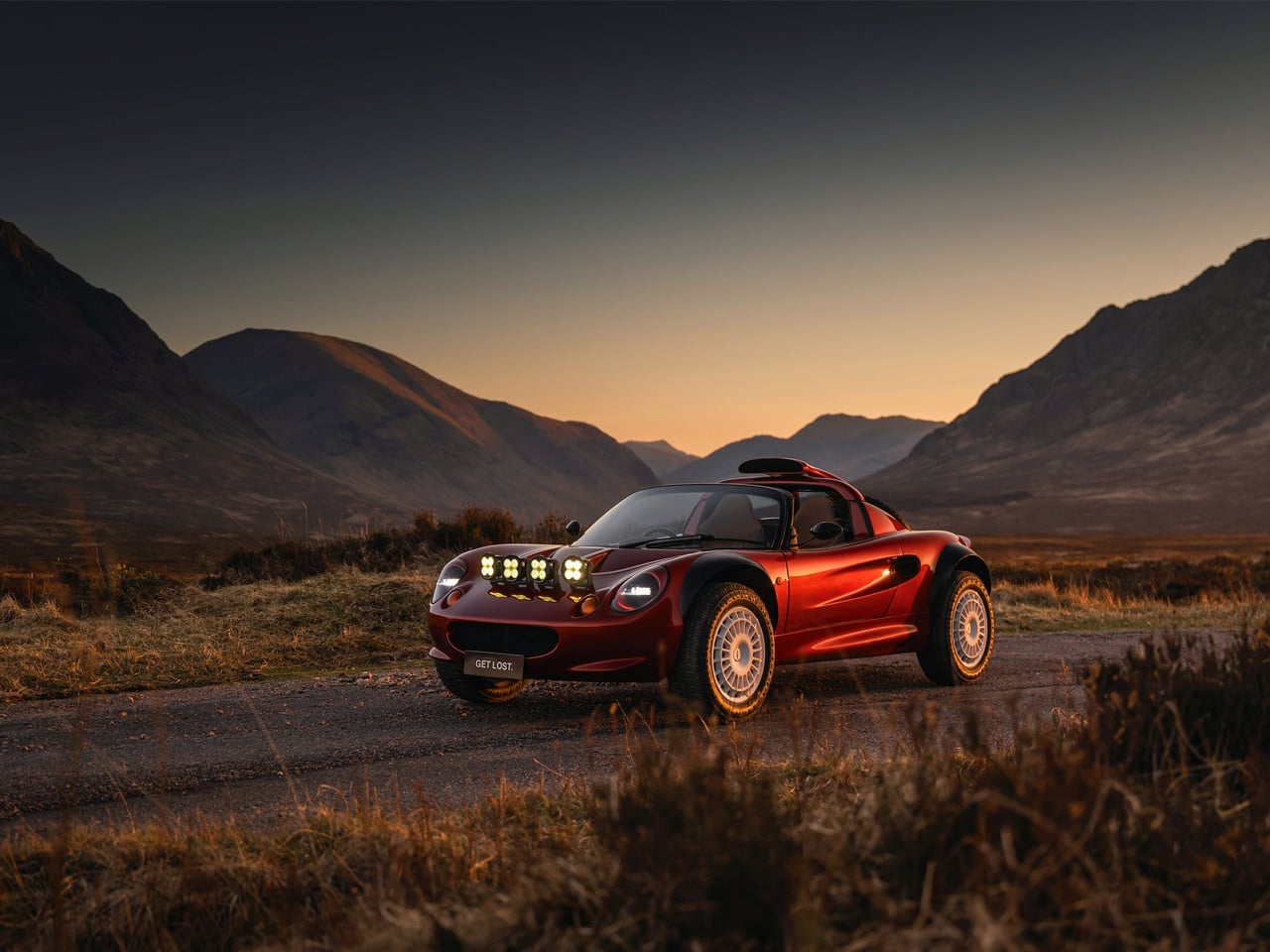
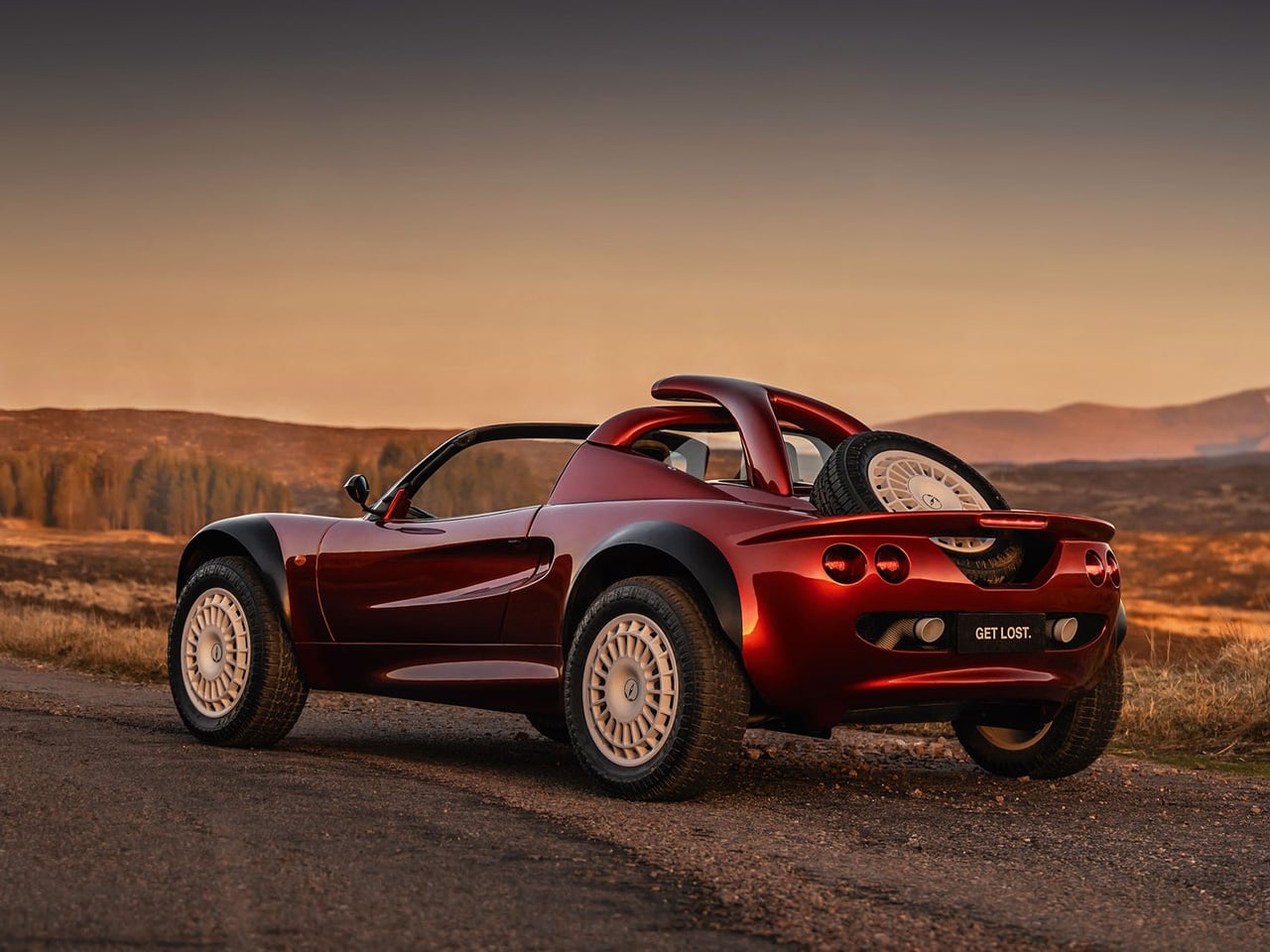
Few cars evoke the pure joy of driving like the original Lotus Elise S1, but Project Safari takes this classic and reinvents it for a new kind of enthusiast. Created by motorsports photographer-turned-builder GF Williams, Project Safari transforms the Elise into an off-road-ready rally machine, blending nostalgia with rugged capability.
The most noticeable change is the elevated ride height—a 100mm lift that signals its intent to tackle rough terrain. The underbody is armored for protection, while the oversized fenders accommodate grippy all-terrain tires. The front end swaps out the Elise’s iconic round headlights for rectangular units, giving the car a fierce, rally-inspired face.
What we like
- The lifted suspension and reinforced chassis allow the Elise to handle rough terrain with surprising agility.
- The restomod’s aggressive styling and rally touches make it truly stand out from both classic Elises and modern off-roaders.
What we dislike
- While built for adventure, the stiffer suspension and beefy tires may reduce comfort during everyday drives.
- Traditionalists may balk at such a radical departure from Elise’s original ethos.
4. Corvette EV Concept
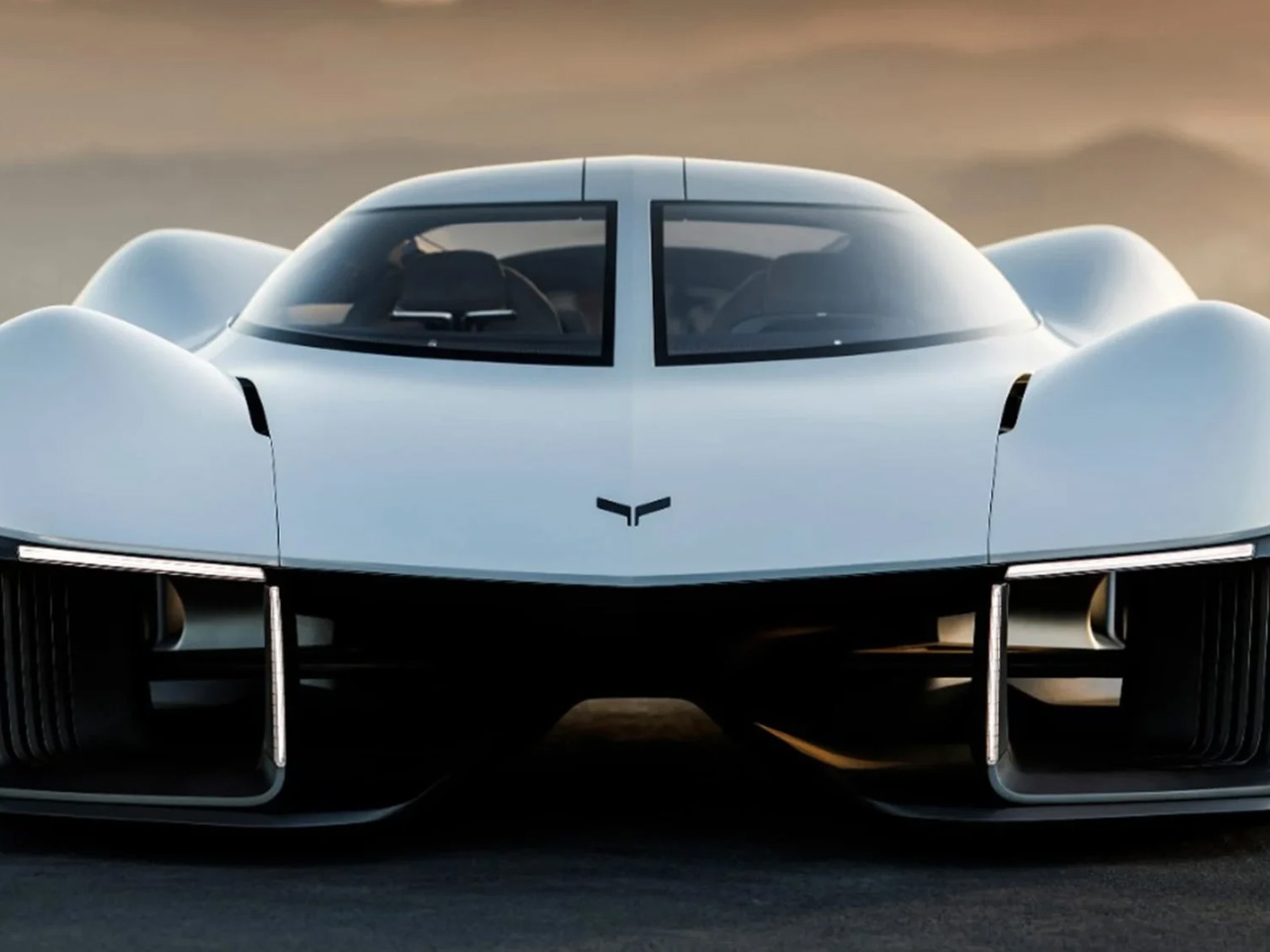
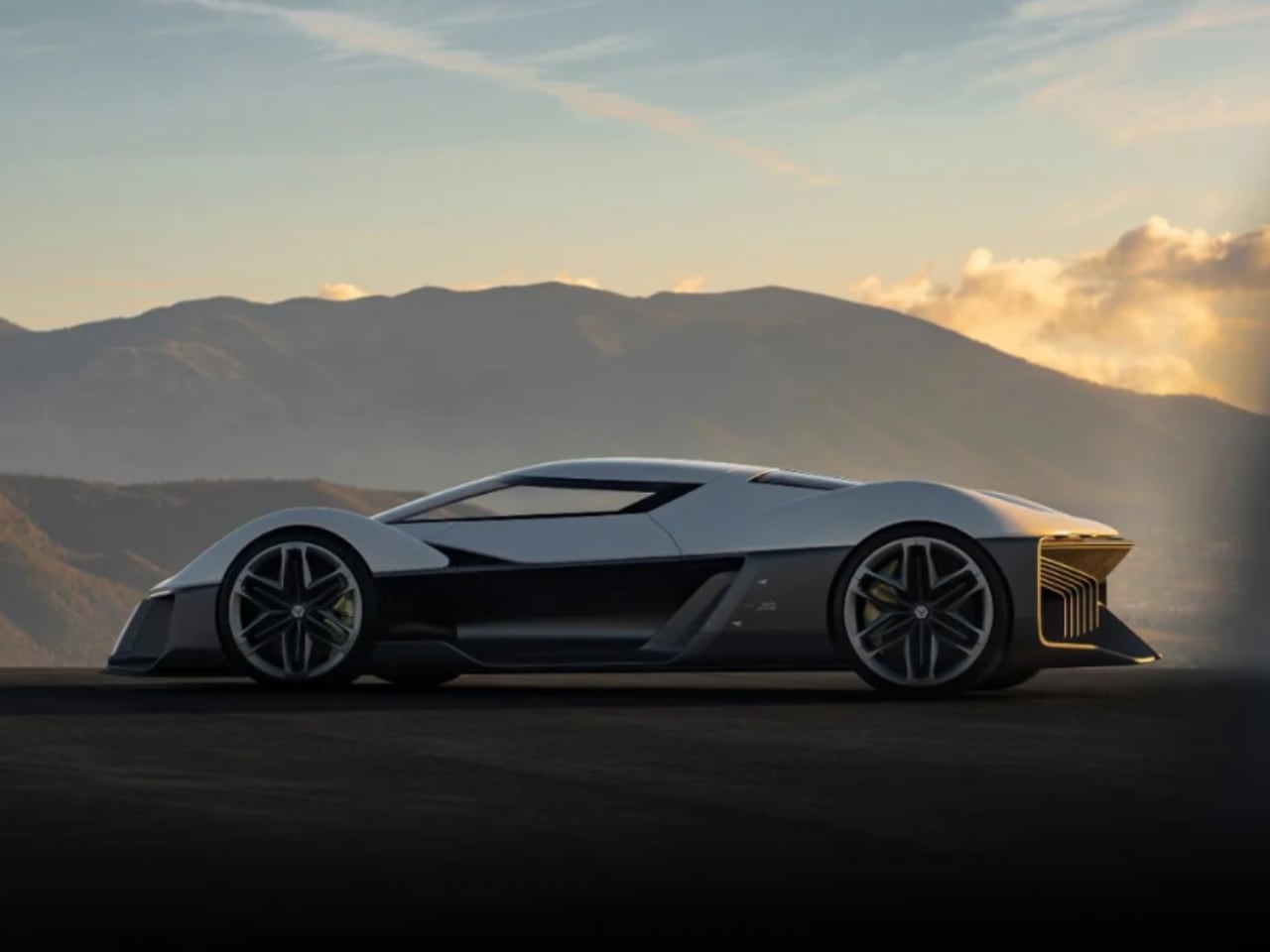
General Motors has taken an exciting leap with its latest Corvette concept, reinterpreting one of America’s most beloved sports cars for the age of electrification. The Corvette EV concept ditches its legendary V8 for a cutting-edge electric drivetrain, yet retains the low-slung, aggressive silhouette that defines the Corvette lineage. Rather than relying on nostalgia, the design language is forward-looking, sleek, and suitably futuristic.
Built on GM’s advanced Ultium platform, the Corvette EV promises a blend of performance and efficiency that honors its heritage while embracing the future. The battery-integrated chassis provides a rock-solid foundation, with the electric motors delivering instant torque and precise handling. The likely all-wheel-drive configuration ensures that power is delivered seamlessly, whether accelerating in a straight line or carving through corners
What we like
- Electric propulsion brings explosive acceleration and razor-sharp handling, taking the Corvette experience to new heights.
- The concept’s styling is fresh and daring, appealing to both longtime fans and new audiences.
What we dislike
- The absence of the iconic V8 roar may disappoint purists who equate the Corvette with visceral engine notes.
- Some traditionalists might see the shift to electric as a betrayal of the Corvette’s legacy.
5. Mustang eBike
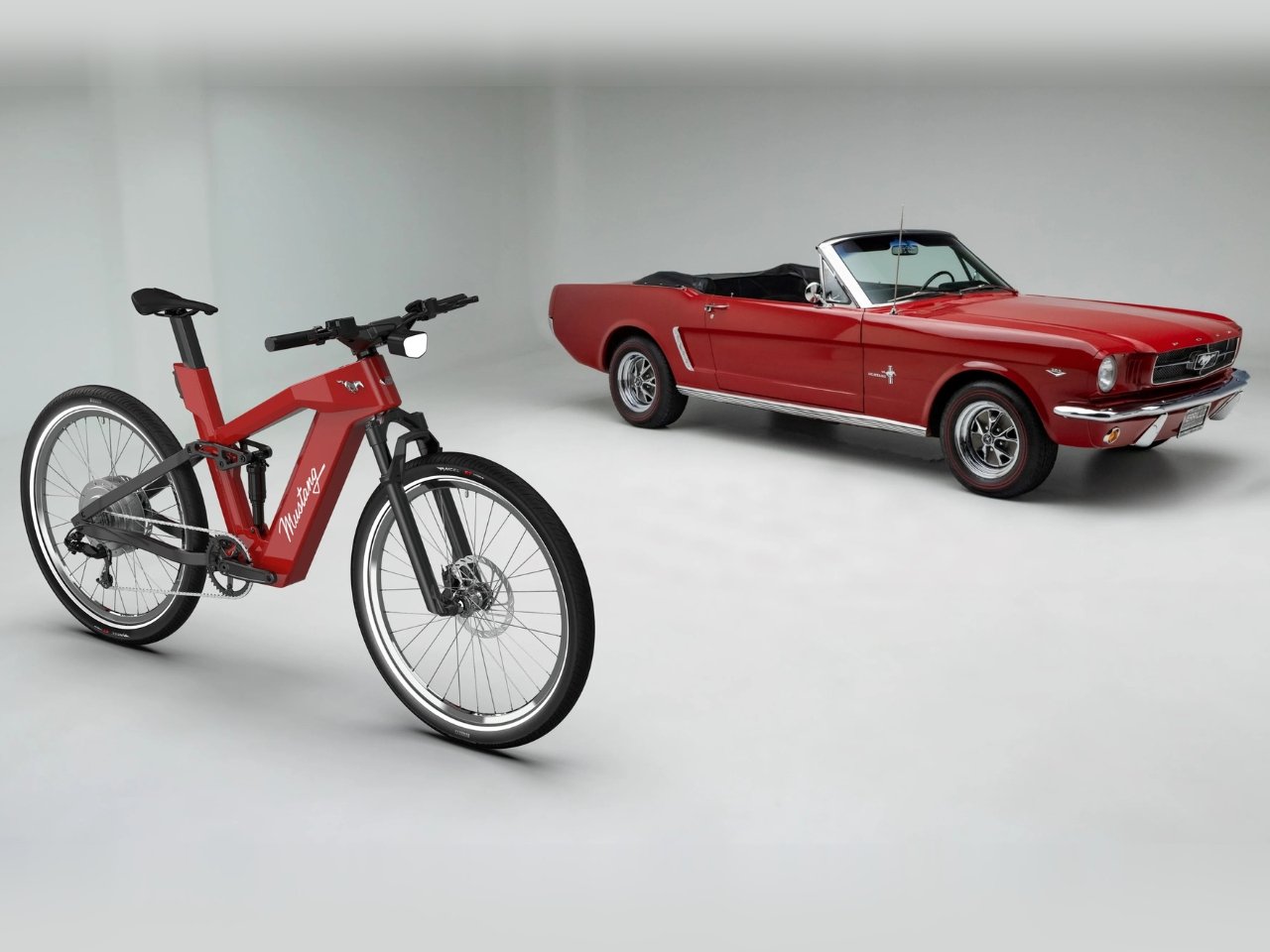

To celebrate the Mustang’s 60th anniversary, Ford has taken an unexpected turn by launching an electric bike rather than a special car. The Mustang eBike 60th Anniversary Edition channels the spirit of the legendary pony car into a sleek and powerful two-wheeler. Dressed in Rangoon Red with period-accurate badges and a commemorative plaque, this limited-edition eBike is a blend of automotive nostalgia and next-generation technology.
At the heart of the Mustang eBike is a robust 750W rear hub motor, generating a punchy 63 lb-ft of torque and propelling the bike to a top assisted speed of 28 mph. The high-capacity 720Wh battery offers up to 60 miles of range, making it suitable for both city commutes and weekend adventures. With four selectable power modes, riders can tailor the experience to their needs, balancing performance with battery conservation.
What we like
- The Mustang eBike delivers strong acceleration and a generous range, making it practical and fun.
- The styling pays homage to the original Mustang, appealing to both cyclists and automotive enthusiasts.
What we dislike
- As a special edition, supply will be restricted, potentially leaving many fans empty-handed.
- Those expecting a car may be disappointed by the shift to a two-wheeled format.
6. Dongfeng M-Hunter
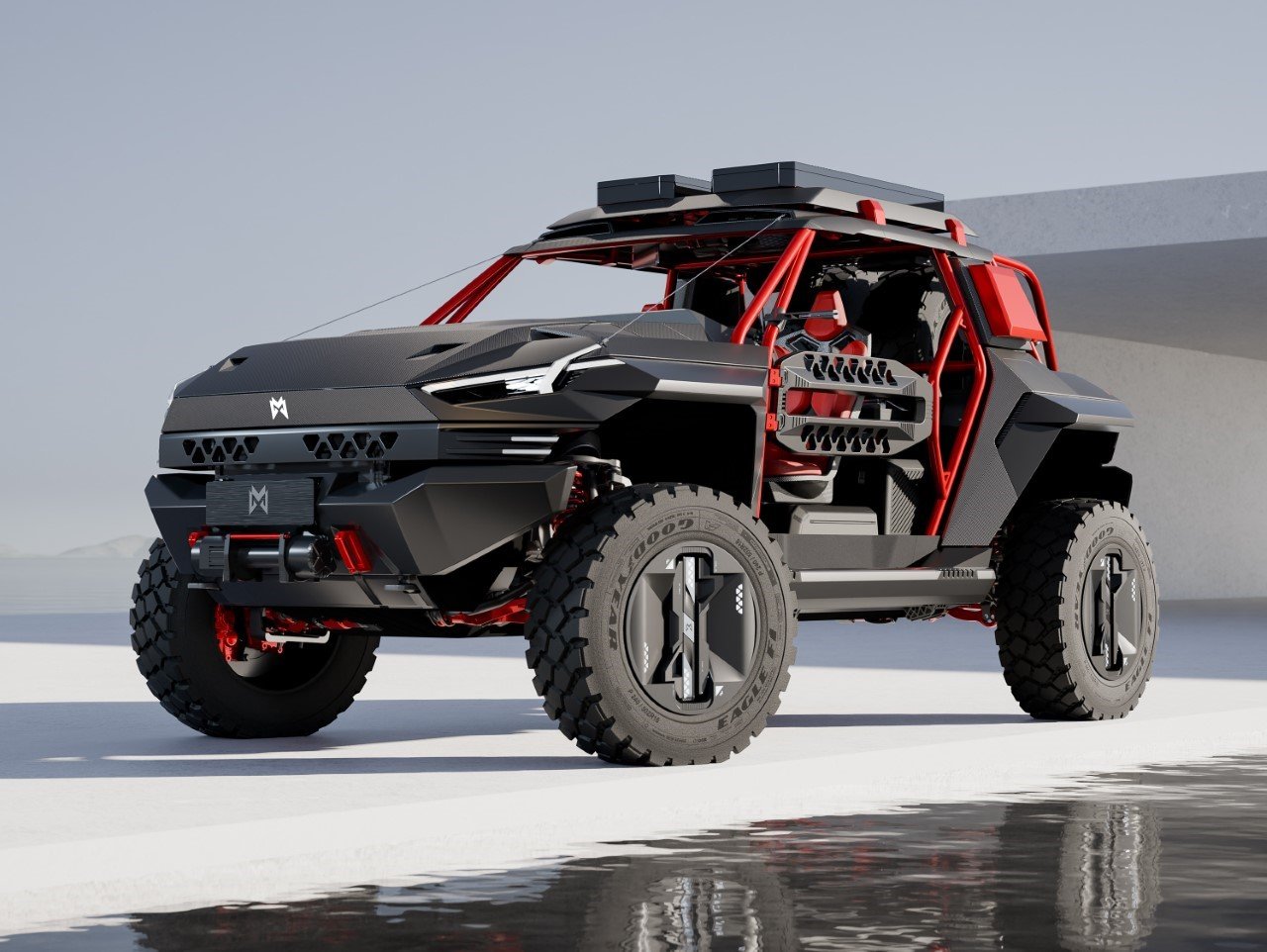

The Dongfeng M-Hunter is a masterclass in functional design, eschewing the polished curves of modern SUVs for a raw, purpose-driven aesthetic. This 4×4 doesn’t try to hide its ruggedness—instead, it puts it on full display. The M-Hunter’s exoskeletal frame looks more at home on a wilderness expedition than a city street, with prominent tubular structures that double as both protection and mounting points for gear.
With approach and departure angles rivaling the best off-roaders in the world, and ground clearance that dares you to find its limits, the M-Hunter is built for adventure. It’s capable of fording deep water and shrugging off punishing terrain, thanks to thoughtful engineering and minimalist design. This is automotive brutalism at its finest—every element serves a purpose, and nothing is superfluous.
What we like
- With outstanding ground clearance and approach angles, the M-Hunter is ready for the toughest environments.
- The exposed frame and minimalist approach make it a standout in a crowded SUV market.
What we dislike
- The brutalist design may not resonate with buyers seeking more traditional or luxurious appearances.
- Its hardcore nature could make it less comfortable for everyday driving or urban use.
7. Cyclotech Blackbird
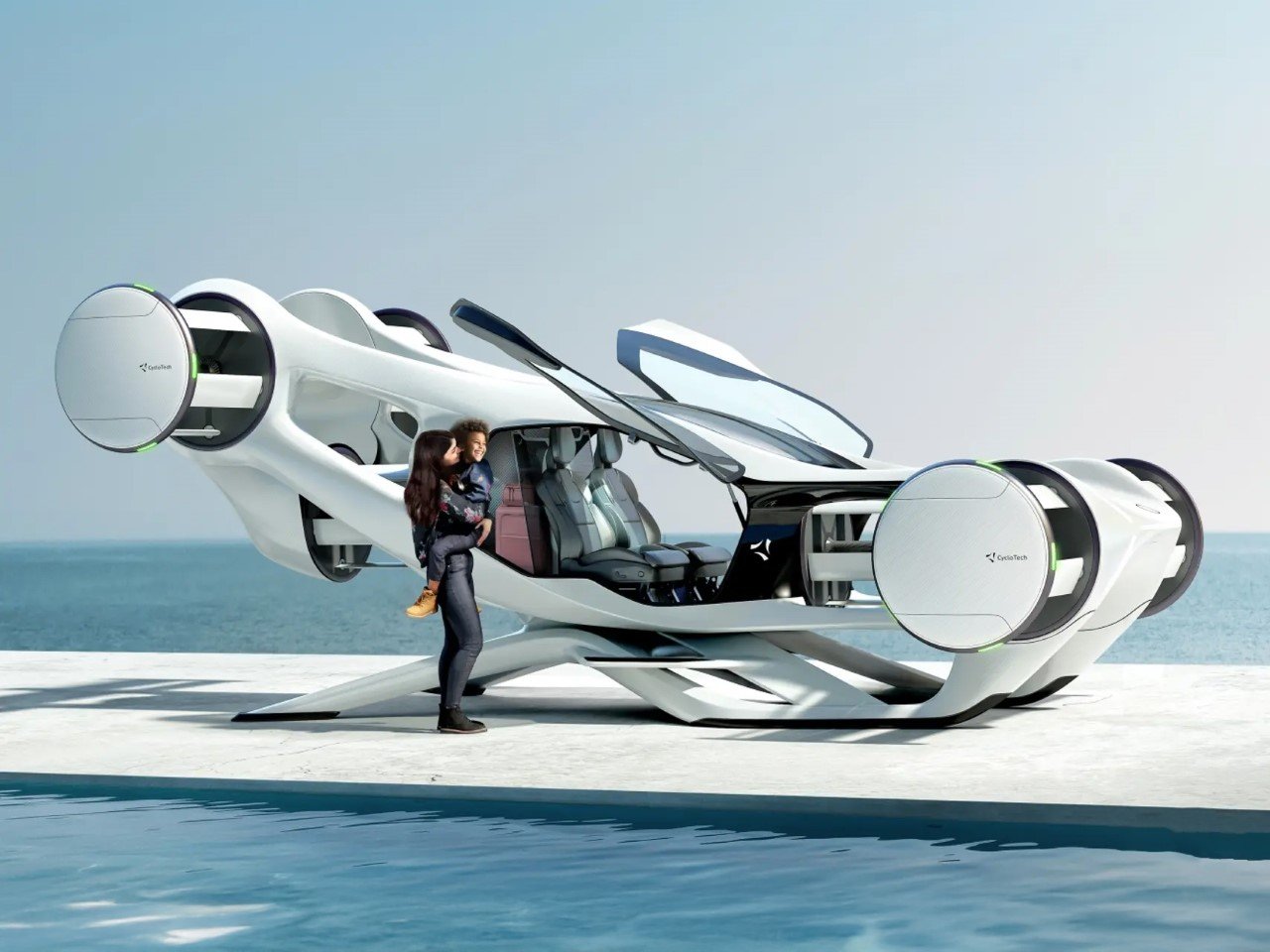
The Cyclotech Blackbird isn’t your typical eVTOL. Rather than using conventional propellers, it employs six Cyclorotors—rotating barrels fitted with adjustable blades, enabling precise control and stability. At just 750 pounds, the current prototype is more of a demonstrator than a passenger vehicle, but it represents a radical shift in how flying cars might operate shortly.
The genius of the Blackbird lies in its ability to instantly redirect airflow, giving it micro-adjustments and maneuverability previously unseen in vertical flight. Unlike helicopters or drones, which rely on spinning blades or tilting rotors, the Blackbird’s engines can shift thrust direction on the fly. This enables the craft to hover steadily in turbulent conditions, move laterally without banking, and execute complex maneuvers in tight spaces.
What we like
- The Cyclorotor system offers exceptional control and hovering capabilities, even in challenging wind conditions.
- The unique rotor arrangement could allow for smaller, more urban-friendly air vehicles in the future.
What we dislike
- The Blackbird is still an experimental platform, so real-world application and scalability remain unproven.
- As a demonstrator, it currently offers no seating, limiting its practical use for now.
8. Rolls-Royce Phantom Cherry Blossom
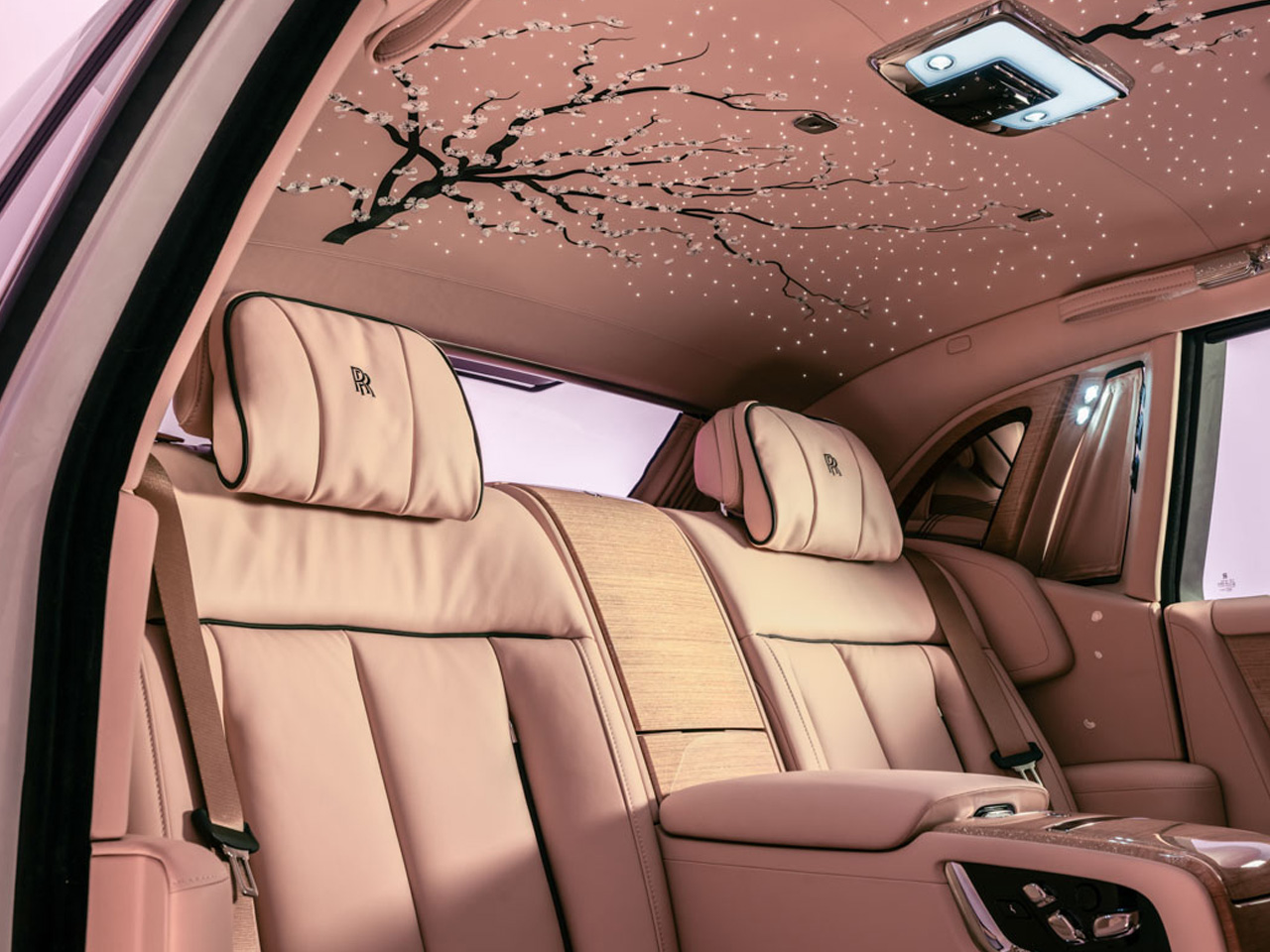

The Rolls-Royce Phantom Cherry Blossom is a stunning testament to the power of bespoke design. Commissioned by a discerning client with a passion for Japanese culture, this one-of-a-kind Phantom is a rolling work of art, capturing the fleeting beauty of cherry blossoms in a form meant to endure for generations.
The exterior, finished in a subtle blend of Crystal and Arctic White, is adorned with a hand-painted coachline that culminates in a delicate cherry blossom motif. But it’s the interior that takes your breath away—a ceiling embroidered with 250,000 stitches depicts cherry branches in bloom, while the motif extends to the rear doors and privacy partition, creating a tranquil, immersive environment.
What we like
- Every detail is meticulously crafted to the client’s vision, showcasing the highest level of personalization in luxury motoring.
- The design is a permanent tribute to the beauty of the cherry blossom season, blending art and engineering.
What we dislike
- As a unique commission, it’s unattainable for most, reinforcing its status as a piece of art rather than a production vehicle.
- The understated paintwork may not immediately signal the artistry contained within, appealing mostly to those who appreciate subtlety.
9. S/Rapide
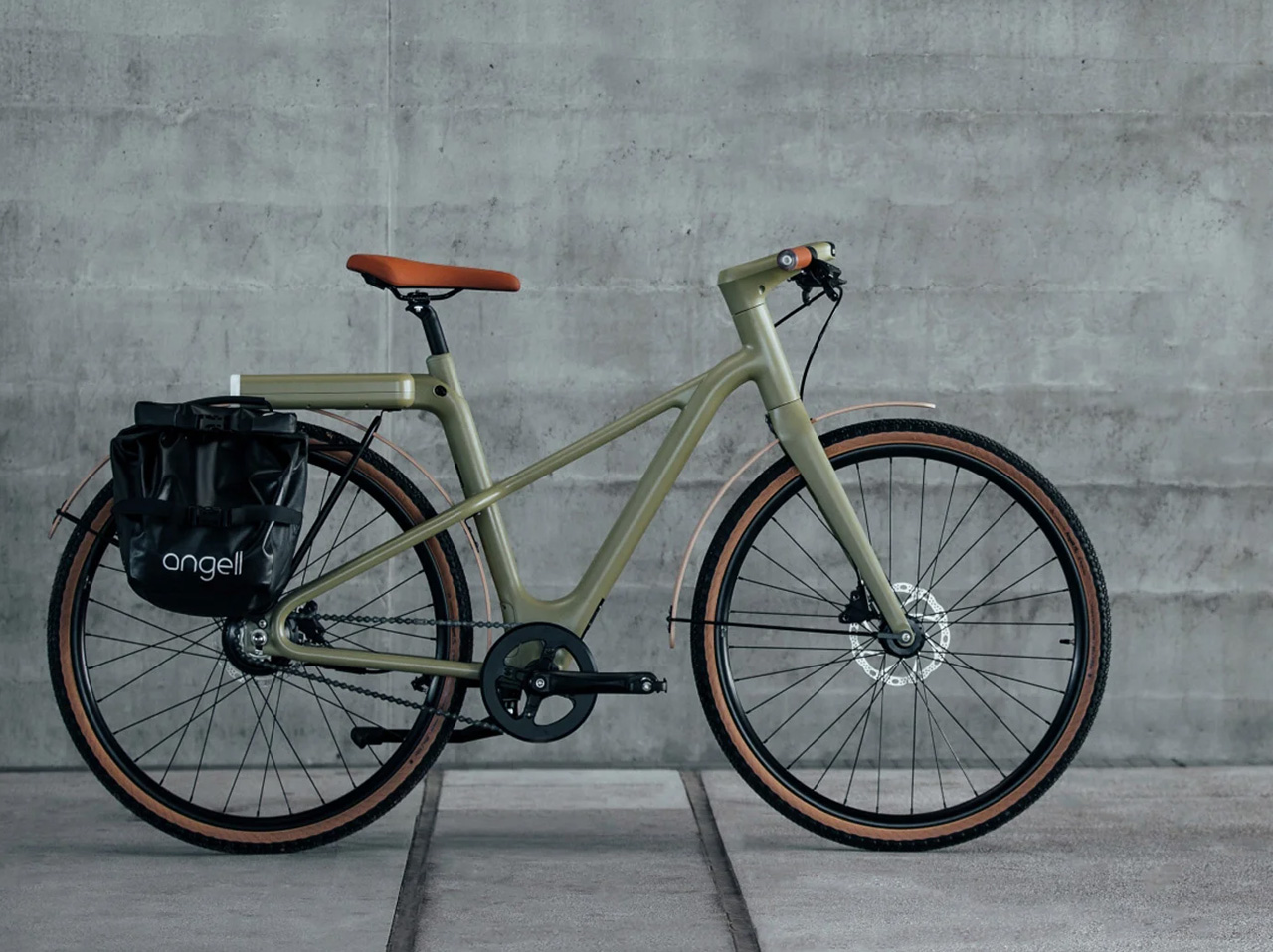
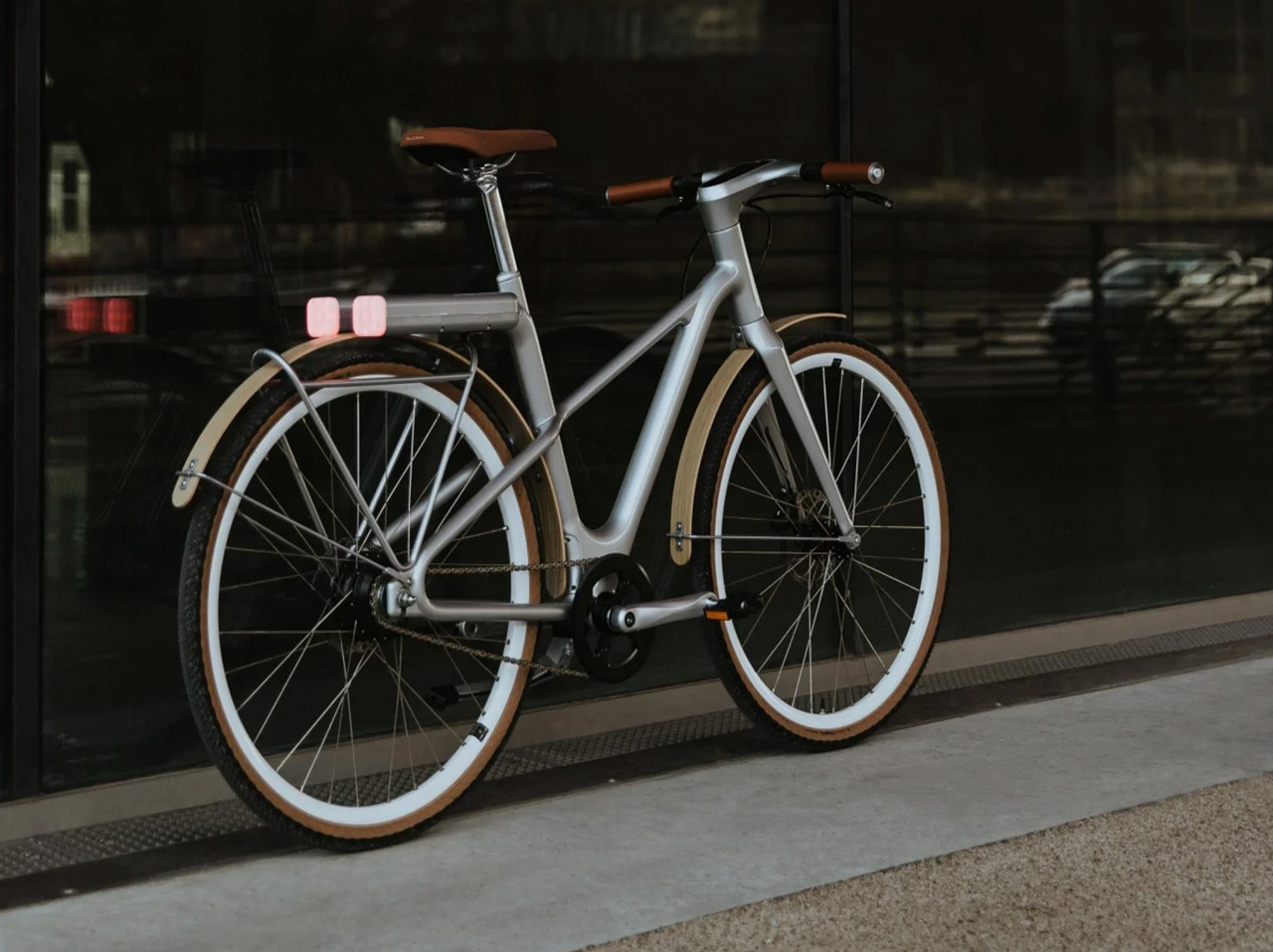
The S/Rapide by Angell is making waves in the e-bike world as one of the lightest electric bikes available, engineered to revolutionize the daily commute. This innovative e-bike is crafted with city living in mind, offering a swift, eco-friendly, and highly enjoyable way to navigate crowded urban environments. What sets the S/Rapide apart is its featherweight construction and its array of intelligent features designed for modern commuters.
Riders benefit from an integrated touch screen that provides real-time information, including speed, battery status, and even local pollution levels. The handlebars have a vibration feature to offer navigation cues, while the customizable display allows users to tailor their ride experience with GPS guidance and other commute data. Beyond its smart technology, the S/Rapide carries a minimalistic yet sophisticated aesthetic, ensuring it looks as good as it performs.
What we like
- Exceptionally lightweight build paired with advanced smart technology for a seamless and enjoyable commute.
- Actively helps reduce the environmental footprint by lowering greenhouse gas emissions.
What we dislike
- Not well-suited for off-road adventures or rough terrain due to its urban-oriented design.
- The abundance of advanced features may present a learning curve for users unfamiliar with high-tech e-bikes.
10. TWR Supercat

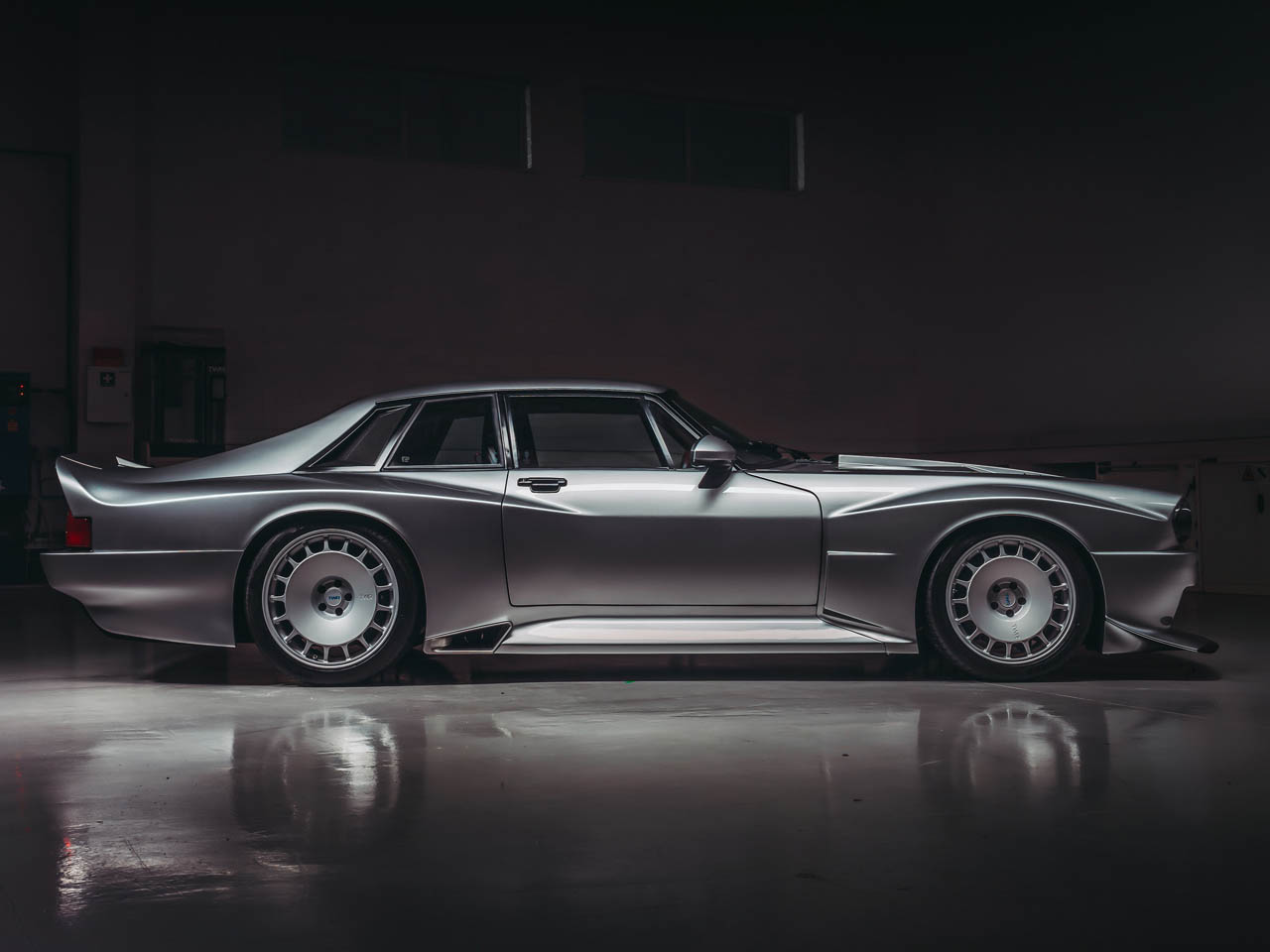
The TWR Supercat, crafted by the renowned Tom Walkinshaw Racing, breathes new life into the legendary Jaguar XJS by fusing classic elegance with cutting-edge performance. Revealed at a pivotal moment when Jaguar is preparing for a fully electric lineup, the Supercat stands as a passionate homage to the brand’s storied heritage in motorsport. Its design pays tribute to legendary racing icons like the XJR-15 and XJ220, seamlessly blending aggressive aerodynamic lines with unmistakable Jaguar refinement.
Underneath its striking carbon fiber shell lies a beastly supercharged 5.6-liter V12 engine, meticulously tuned by TWR’s expert engineers. This formidable powerplant churns out a staggering 660 horsepower and 730 Nm of torque, ensuring that the Supercat offers both speed and exhilaration in abundance. Power is delivered to the rear wheels via a six-speed manual transmission, inviting true driving enthusiasts to experience the thrill of raw, unfiltered performance.
What we like
- Exceptional performance, thanks to a powerful supercharged V12 and manual gearbox, delivering a pure and engaging driving experience.
- Distinctive design that honors Jaguar’s racing roots while introducing advanced materials like carbon fiber for modern appeal.
What we dislike
- The focus on high performance and classic engineering may limit its relevance as Jaguar moves towards an all-electric future.
- Exclusivity and specialized engineering likely make it expensive and inaccessible for the average enthusiast.
The post 10 Best Automotive Designs Of March 2025 first appeared on Yanko Design.






